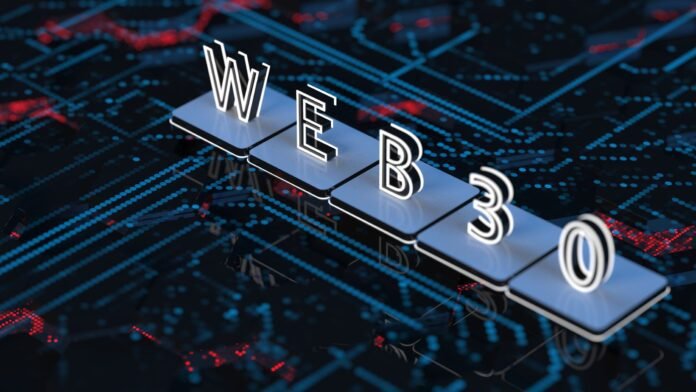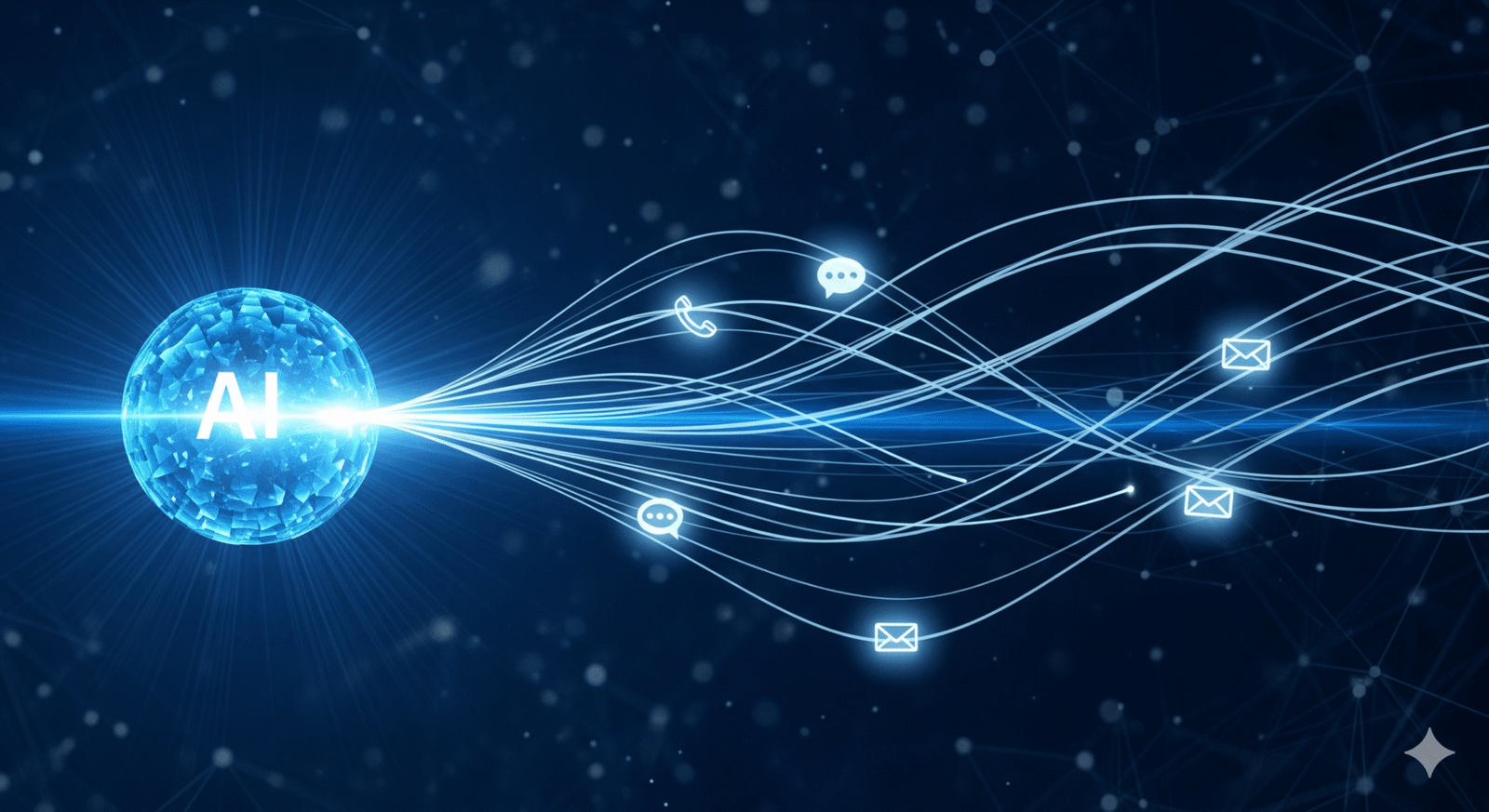Gen AI 3.0 is Here: The Leap from Text Generation to Multimodal Reasoning and the ‘Action Layer’
H2: Beyond the Hype: The Evolution of Generative AI
The journey of Generative AI (Gen AI) has been a swift and dramatic one. For early-stage founders and product leaders, it’s critical to understand the three distinct phases of this evolution:
- Gen AI 1.0 (The Text Boom): Characterized by early, powerful Large Language Models (LLMs) like GPT-3, focused almost exclusively on high-quality text generation, translation, and basic summarization. The value was in fluency.
- Gen AI 2.0 (The Multimodal Content Creator): The introduction of image, audio, and video models (e.g., DALL-E, Sora), focused on generating creative, engaging content across modalities. The value was in creativity and synthesis.
- Gen AI 3.0 (The Reasoning and Action Layer): The current frontier. This generation is defined not by what it can generate, but by how intelligently it can reason across diverse data types (text, code, video, images, real-time data) and, most importantly, how reliably it can act upon that reasoning. The ultimate value is in autonomy and execution.
For Generative AI startups looking for the next multi-billion-dollar wave of deep-tech innovation, Gen AI 3.0 is the indispensable framework. It represents the shift from an advanced collaborator to an autonomous executor.
H2: Multimodal Reasoning: The Foundation of the New AI Agent
The first pillar of Gen AI 3.0 is Multimodal Reasoning. This goes far beyond simply accepting an image prompt and generating a caption. It requires the AI to synthesize meaning from multiple, complex data streams simultaneously.
H3: Real-World Context and Intelligence
Leading models in this category, such as those powering research agents like Google’s AMIE, can emulate human-like diagnostic intelligence:
- Ingesting Diversity: An agent can process a customer’s support ticket (text), view an attached product error screenshot (image), analyze a backend error log (code/data), and even listen to a recorded customer complaint (audio).
- State-Aware Reasoning: The model doesn’t just process each input separately; it integrates the information into a single, cohesive internal state. It knows what information is missing and can strategically request clarification, emulating the structured, adaptive reasoning of an expert—a profound advancement for B2B SaaS growth strategies in customer service and operations.
- Cross-Modal Synthesis: When an AI can correctly conclude, “The support ticket (text) is about the memory leak shown in the debug trace (code), which is visually confirmed by the screen freeze (image),” it demonstrates true multimodal reasoning.
This capability is the unique differentiator for Gen AI 3.0: it provides a richer, more accurate context for every decision, drastically reducing the “hallucination” and unreliability that plagued earlier models.
H2: The Action Layer: From Advice to Autonomous Execution
The shift to the Action Layer is the ultimate goal of Gen AI 3.0 and the critical differentiator for commercial success. This is where the model transitions from “thinker” to “doer.”
H3: The Multimodal Reasoning and Action Loop
An Action Layer model doesn’t just offer an opinion; it executes a multi-step task chain in the real world:
| Stage | Gen AI 2.0 Capability (Thinking) | Gen AI 3.0 Capability (Action) | Real-World Application for Founders |
| Observation | Generates text/image describing a problem. | Ingests video feed of a robotic arm failing, plus error code. | Automated factory diagnostics, Physical AI. |
| Reasoning | Suggests a code snippet fix. | Diagnoses that the physical action failed due to a specific library version mismatch. | Multi-step problem-solving, AI ethics in business. |
| Action | Outputs the suggested fix to the user. | Generates, tests, and deploys the patched code directly to the robotic arm’s control system. | Autonomous engineering, Hypergrowth automation. |
Startups building on the Action Layer are essentially developing the next generation of AI Agents—systems that can perceive their environment (multimodal input), plan a sequence of steps (reasoning), utilize tools (code execution, web browsing, API calls), and execute those steps without human intervention. This moves AI from being a productivity tool for individuals to a core operational engine for the entire enterprise.
H2: Actionable Strategy for Founders (Leadership in Adversity)
For founders navigating this rapid technological shift, the principles of Gen AI 3.0 demand a change in product philosophy:
- Build for Tool Use and Interoperability: The Action Layer is inherently connected. Your product must be designed as a pluggable tool that other AI agents can reliably call via API. Prioritize clean documentation and robust API contracts. The future isn’t one monolithic LLM, but a swarm of agents collaborating.
- Focus on the Trust Chain, Not Just Accuracy: When an AI takes action (e.g., executing code, modifying a database), trust is paramount. Your founder mindset must be centered on safety and verifiability. This means providing clear, traceable logs for every action, integrating safety guardrails, and having human-in-the-loop controls for high-risk executions. This is the definition of leadership in adversity in the Gen AI era.
- Target Multimodal-Native Use Cases: Stop trying to solve text-only problems. The highest value lies in tasks that require synthesizing across modalities: real-time video summarization for supply chains, integrating financial documents (text) with performance charts (image) to build dynamic investment theses, or building an AI that debugs a physical system based on sound and sight.
The era of Gen AI 3.0 Multimodal Reasoning is where the real value is created. Founders who successfully bridge the gap between intelligent reasoning and reliable action will not just build better software; they will build autonomous businesses.








